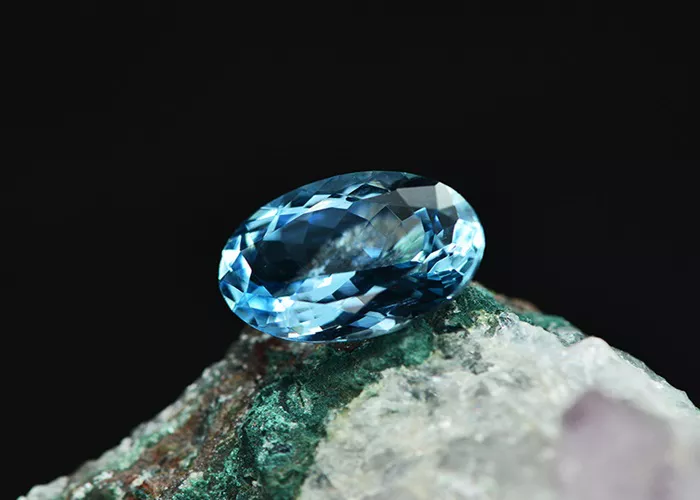I often encounter various types of gemstones, including natural corundum and sapphire. In this article, I will explain in detail what natural corundum and sapphire are from a professional perspective, including their characteristics, formation process, evaluation standards, and market value.
What is natural corundum?
Natural corundum is a mineral composed of aluminum oxide (Al2O3) and is one of the hardest minerals in the world, second only to diamond. Corundum can occur in a variety of colors, including red, blue, yellow, green, and pink. The color of corundum is determined by the trace elements present in the crystal structure. For example, the presence of chromium in corundum gives it a red color, which is known as ruby.
What is sapphire?
Sapphire is a type of corundum that is typically blue in color, although it can also occur in other colors such as pink, yellow, green, and purple. The blue color is due to the presence of iron and titanium in the crystal structure. Sapphires can be found in many parts of the world, including Australia, Thailand, Sri Lanka, and Montana in the United States.
Formation process of natural corundum and sapphire
Natural corundum and sapphire are formed deep within the Earth’s crust under high-pressure and high-temperature conditions. The process of corundum formation begins with the cooling of molten rock, which results in the formation of igneous rocks. Over time, these rocks are subjected to heat and pressure, which causes the minerals to recrystallize and form corundum.
Sapphires are formed in a similar way to corundum, but with the addition of trace elements such as iron and titanium. These elements give sapphires their blue color. The concentration and distribution of these trace elements within the crystal structure determine the intensity and shade of the blue color.
Evaluation standards for natural corundum and sapphire
When evaluating natural corundum and sapphire, there are several factors that must be taken into consideration. These include color, clarity, cut, and carat weight.
Color: The color of natural corundum and sapphire is one of the most important factors in determining their value. The most valuable sapphires are those that exhibit a deep, rich blue color.
Clarity: The clarity of a natural corundum or sapphire refers to the presence or absence of inclusions or blemishes within the gemstone. The fewer inclusions or blemishes, the more valuable the gemstone is.
Cut: The cut of a natural corundum or sapphire refers to the way in which it has been shaped and faceted. A well-cut gemstone will have excellent symmetry, proportions, and polish, which will enhance its brilliance and overall beauty.
Carat weight: The carat weight of a natural corundum or sapphire refers to its mass. The larger the gemstone, the more valuable it is.
Market value of natural corundum and sapphire
The market value of natural corundum and sapphire is influenced by many factors, including rarity, color, clarity, and size. For example, a large, high-quality sapphire with a deep blue color and excellent clarity can be worth tens of thousands or even hundreds of thousands of dollars.
In recent years, there has been an increasing demand for natural and untreated gemstones, including sapphires. This trend has led to a rise in the value of untreated sapphires, which are highly prized for their natural beauty and rarity.
Conclusion
In summary, natural corundum and sapphire are valuable gemstones that are highly prized for their beauty, rarity, and durability. They are formed deep within the Earth’s crust under high-pressure and high-temperature conditions and are evaluated based on factors such as color, clarity, cut, and carat weight. As a jewelry appraiser, I recommend that when purchasing natural corundum and sapphire, one should choose reputable merchants and carefully check the quality and certificate of the gemstone to ensure its value and authenticity.
Related topic:
- Are Ceylon Sapphires Good Quality?
- Is Iamitabh Blue Sapphire Worth the Investment?
- Can Iamitabh Blue Sapphire Bring You Luck?


